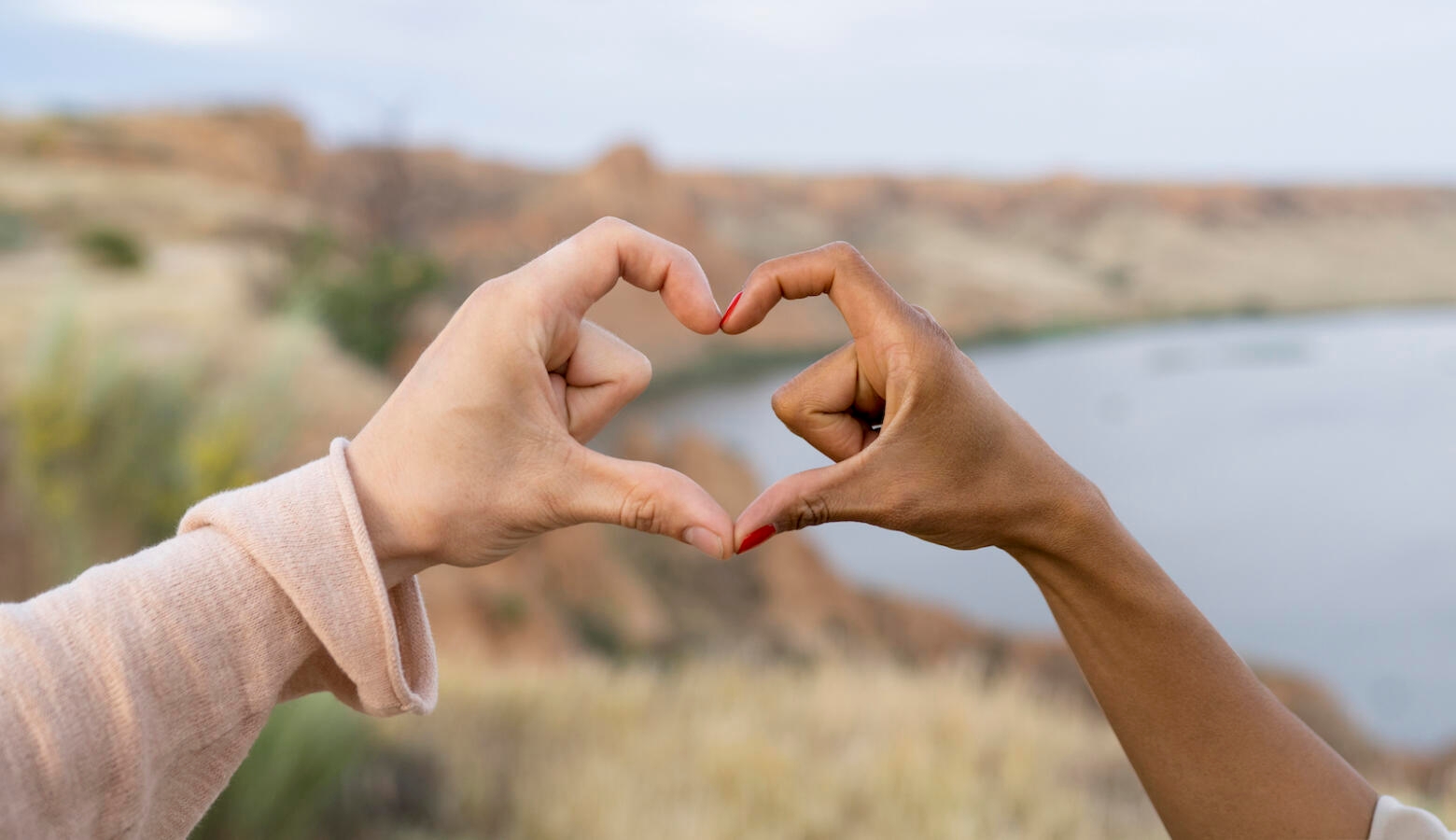This week’s Torah portion is named after one of the Torah’s more complicated figures. Pinchas is the grandson of Aaron, the first high priest, and son of Eleazar, the second, and his lineage seems to set the stage for one of the most horrific (and from our perspective, repugnant) moments in the Torah: Pinchas personally took it upon himself to execute an Israelite man in the act of having sex with a Midianite woman.
The perceived immorality of Midianite practice apparently overwhelmed the biblical author’s passion for lawful resolution of conflict and proportional response because Pinchas is venerated not only in the Torah, but also by the later rabbinic and Christian traditions. So horrified is the Torah by the idolatry which was a significant part of the attraction to Midianites and their culture that this act of spontaneous violence instantly terminates a plague sent by God to keep the Israelites and Midianites apart. Spearing the couple in the very midst of their passion becomes the paradigmatic biblical warning of the entwined dangers of idolatry and sexual immorality. For this, Pinchas is not only immortalized by King David in Psalm 106, but God directly rewards him with the high priesthood and by bestowing on him a brit shalom, an eternal covenant of peace.
What is a covenant of peace? A covenant is a mutual relationship of reciprocal benefit. The Hebrew word shalom conveys a sense not just of peace, but of wholeness. A covenant of peace then is an invitation to reliable connection, to shared humanity, to a hint of what a better world might become. To bestow one is a sweet gift, reserved for something singular and monumental.
I’ve been reimagining what a brit shalom might look like in our own day, discounting all the latter-day zealots and extremists, the “Pinchases” whose violence remains at the ready to obliterate anyone who violates their vision of conformity. And last week, one was bestowed upon me — a more humane and constructive model of what a covenant of peace ought to look like.
With your help, My Jewish Learning can provide endless opportunities for learning, connection and discovery.
Every Sunday, my 30-year-old son Jacob and I take a long walk along the Santa Monica beach, one of the world’s most fabled ocean fronts and a lively location for celebrating the range of human diversity. This beach features not only breathtaking waves and the pungent scent of salt and sea, but also every possible category of person, many of the world’s languages and a perpetual sense of carnival, as tourists, locals, the homeless, addicts, surfers, families, lovers and bodybuilders commingle, each contributing to the bustle and chaos that makes the walk eternally new.
One thing you should know about Jacob is that he is a person with autism. He has a wide range of ways of communicating — among them facilitated communication, so I always carry a laminated print out of a keyboard. His enthusiasm, movements and sounds often draw attention from people around us, and not always in the most supportive of ways. That’s what makes this story a true covenant of peace.
As we were making our way through the crowds, we passed a street artist who was taking strips from palm fronds and weaving them into handheld roses. Most vendors ignore Jacob once they decide he is not a serious customer, but as Jacob walked by the woman’s display she looked at him, a bit puzzled at first. As her confusion gave way to recognition, she did the most amazing thing: She touched her heart with her hands, looked Jacob in the eye and smiled at him.
Among other things, autism can be a motion disorder, and Jacob’s body carried him past her display without apparent recognition or pause. But an hour later, we walked by her again. This time, she stooped to pick up one of her roses and held it out as an offer. Jacob had already swept past, but I called him back and she handed him her gift. Jacob held it and reached for the buddy board so he could type a response. He typed, “Thank you. You are a very kind and compassionate person. I never forget a smile, and I will never forget yours.” She responded, again, by placing her hands on her heart, smiling at Jacob and looking into his eyes.
A moment later, we were walking back to the car, but my heart felt transformed. In an instant, the two of them, each marginalized in different ways, had given each other the gift of affirmation, of belonging, of being seen and appreciated. Each gave the other a covenant of peace. And by witnessing the mutual exchange, I felt elevated and blessed too.
We all have the capacity to bless each other, to see each other as worthy, to cherish each other’s uniqueness. And when we do, we enter into and bestow a brit shalom, a covenant of peace. May we all hasten the day when such gifts are commonplace, and we give and receive them with grace.
This article initially appeared in My Jewish Learning’s Shabbat newsletter Recharge on July 8, 2023. To sign up to receive Recharge each week in your inbox, click here.



